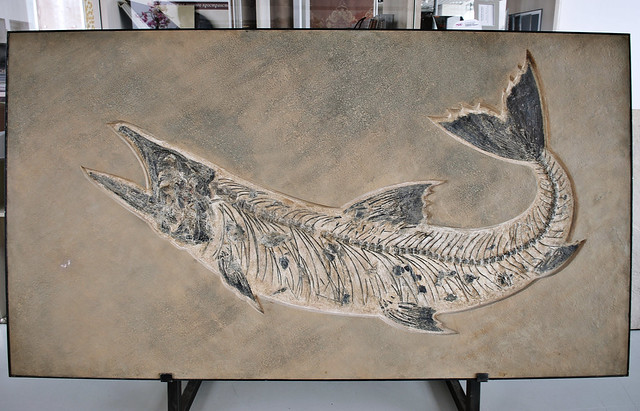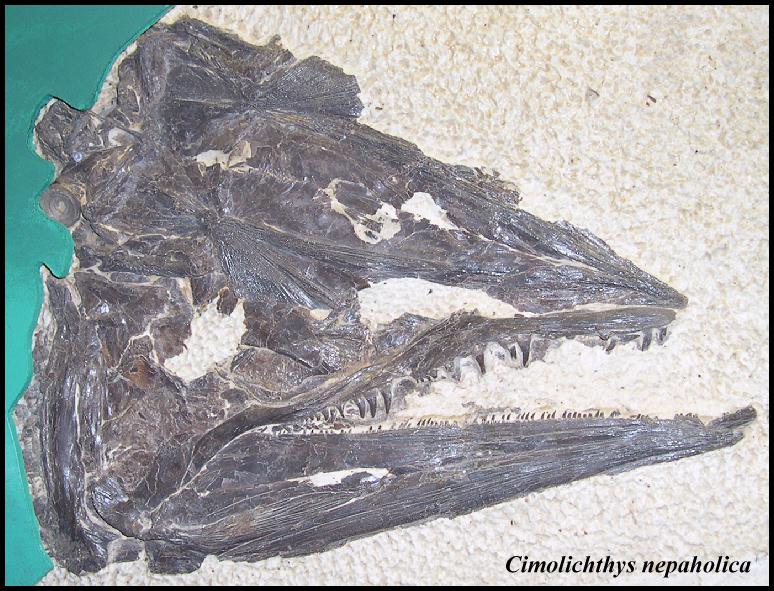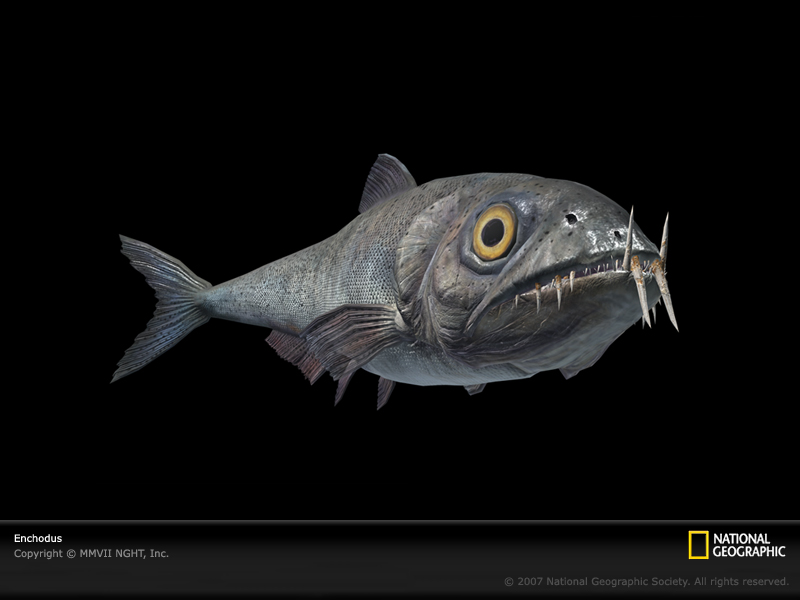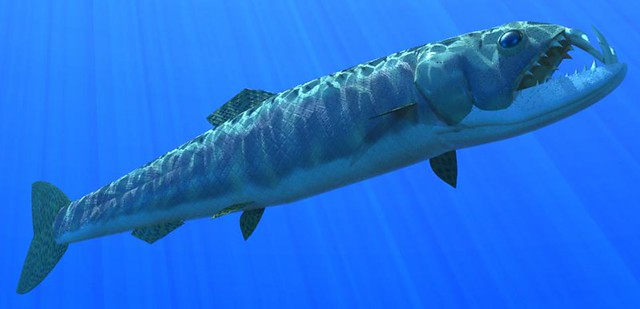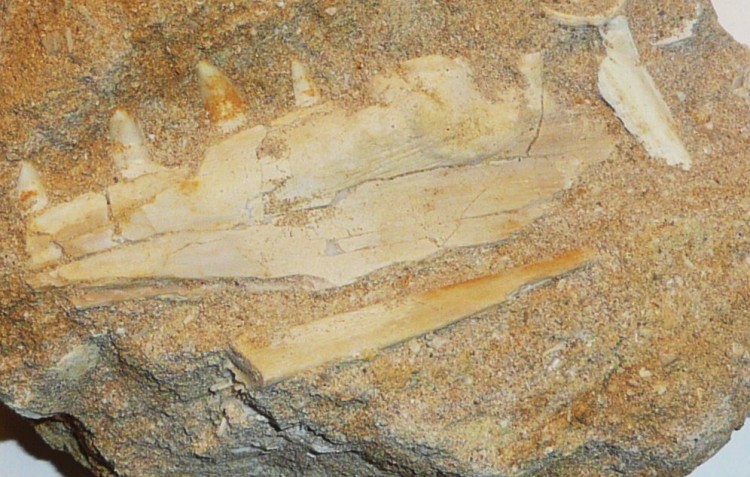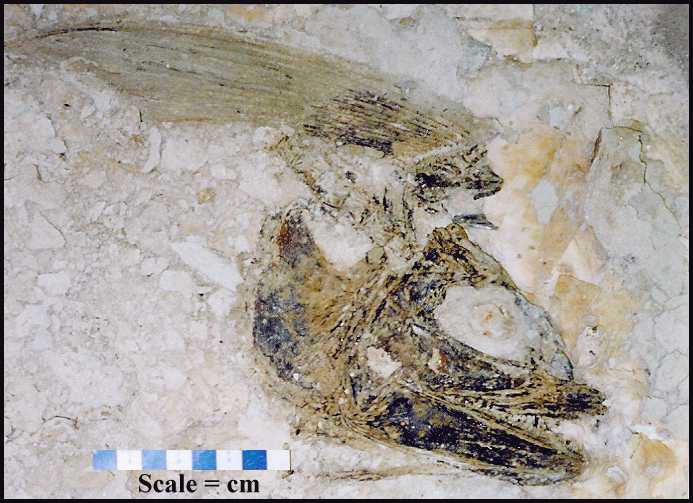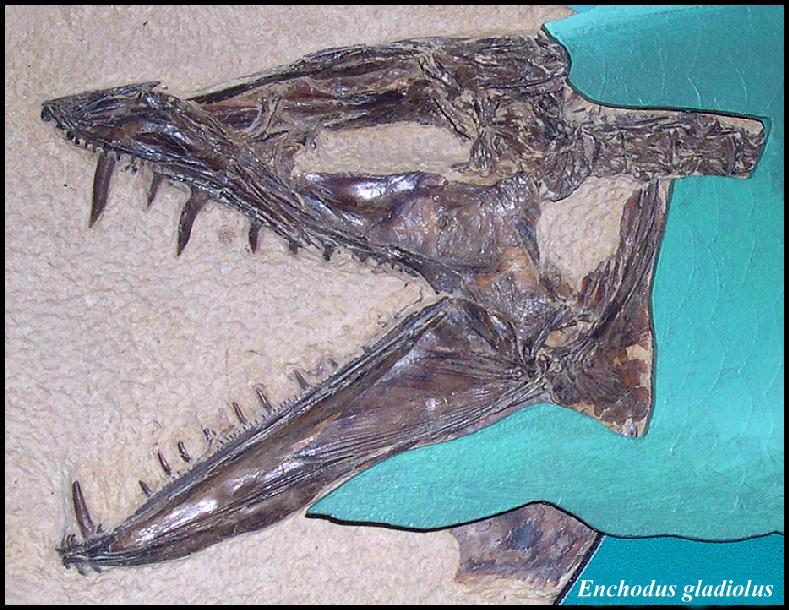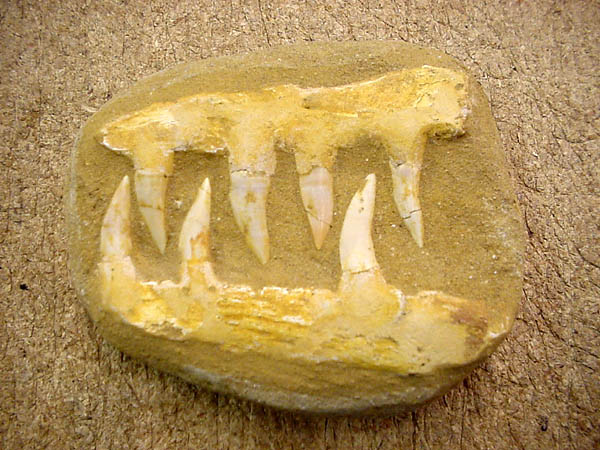[Recent Entries][Archive][Friends][User Info]
May 20th, 2013
| May 20th, 2013 | |
|---|---|
| 08:12 pm [industrialterro] [Link] |
Cimolichthys Cimolichthys is an extinct genus of 1.5 to 2 meter long nektonic predatory aulopiformid fish. These bony fishes are in the same order as modern salmon, but they had the appearance of Cretaceous freshwater pikes. Their bodies were covered by large heavy scutes. Typical of this species are the narrow lower jaws with several series of teeth. Remains of undigested fishes or squids have been found into the collected specimen. They lived in the Late Cretaceous period, from the Cenomanian age (99.6 ± 0.9 Ma and 93.5 ± 0.8 mya) to the Maastrichtian age (70.6 ± 0.6 Ma to 65.5 ± 0.3 mya). Cretaceous of North America (Canada and United States) and Europe.
Ископаемые останки (1, 2, 3, 4, 5):
Tags: Вымершие рыбы, Лучепёрые, Мел |
| Time | Event |
| 09:05 pm [industrialterro] [Link] |
Enchodus Enchodus is an extinct genus of bony fish. It flourished during the Upper Cretaceous and was small to medium in size. One of the genus' most notable attributes are the large "fangs" at the front of the upper and lower jaws and on the palatine bones, leading to its misleading nickname among fossil hunters and paleoichthyologists, "the saber-toothed herring". These fangs, along with a long sleek body and large eyes, suggest Enchodus was a predatory species. The largest-known species of Enchodus is E. petrosus, remains of which are common from the Niobrara Chalk, the Mooreville Chalk Formation, the Pierre Shale, and other geological formations deposited within the Western Interior Seaway and the Mississippi Embayment. Large individuals of this species had fangs measuring over 6 centimetres (2.4 in) in length, though the total body length was only about 1.5 metres (4 ft 11 in), giving its skull an appearance somewhat reminiscent of modern deep-sea fishes, such as anglerfish and viperfish. Other species were smaller, some like E. parvus were only some cm (a few inches) long. Despite being a formidable predator, remains of Enchodus are commonly found among the stomach contents of larger predators, including sharks, other bony fish, mosasaurs, plesiosaurs and seabirds such as Baptornis advenus. In North America, Enchodus remains have been recovered from most states with fossiliferous Late Cretaceous rocks, including Kansas, Nebraska, Colorado, Alabama, Mississippi, Georgia, Tennessee, Wyoming, Texas, California, and New Jersey. The taxon is also known from coeval strata in Africa, Europe, and southwest Asia. Enchodus survived the Cretaceous–Paleogene extinction event and persisted at least into the Eocene. It was found all over the world.
Ископаемые останки (1, 2, 3, 4, 5):
Tags: Вымершие рыбы, Лучепёрые, Мел |
| Previous Day | 2013/05/20 [Archive] |
Next Day |




